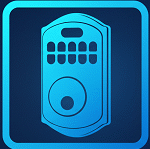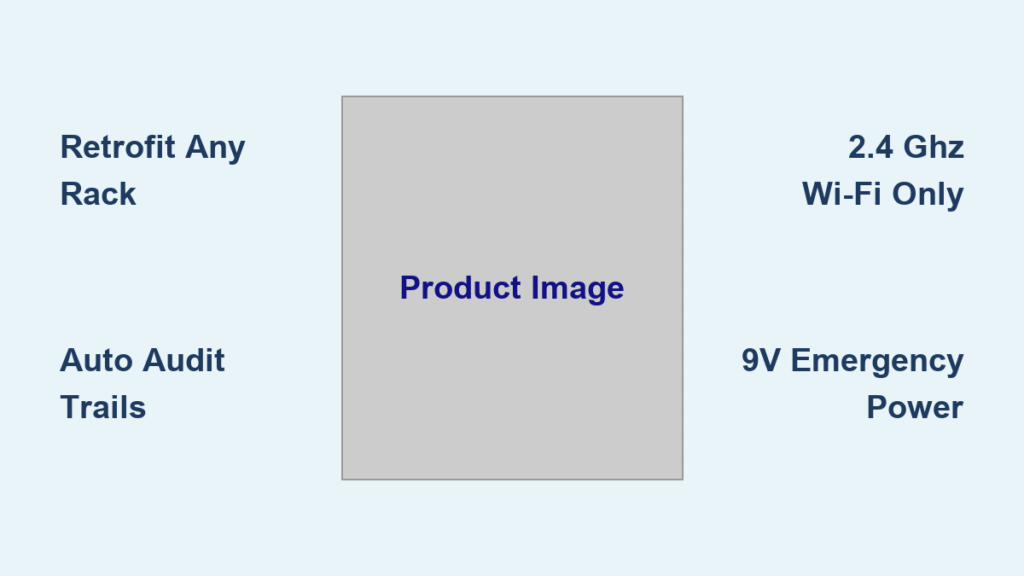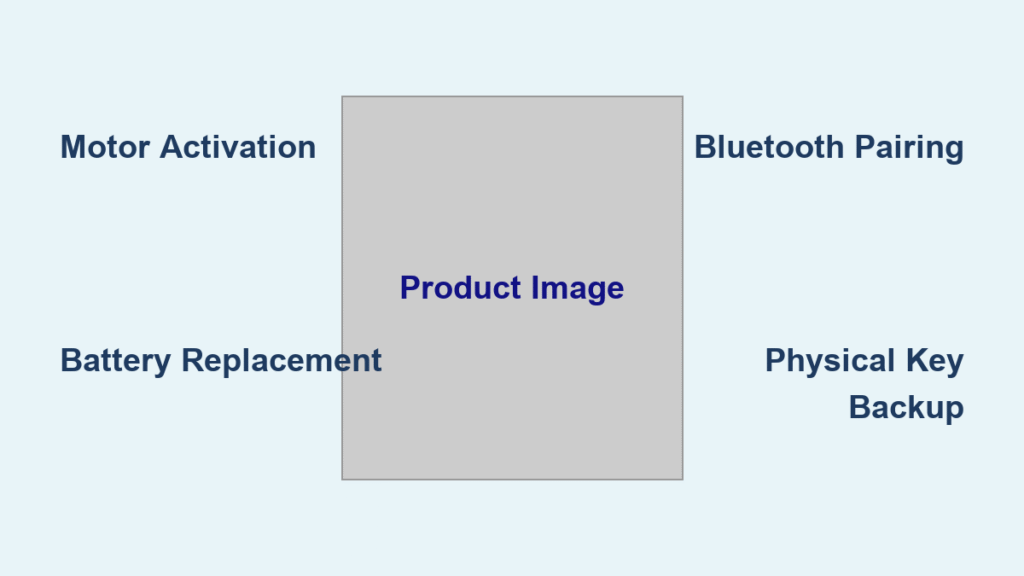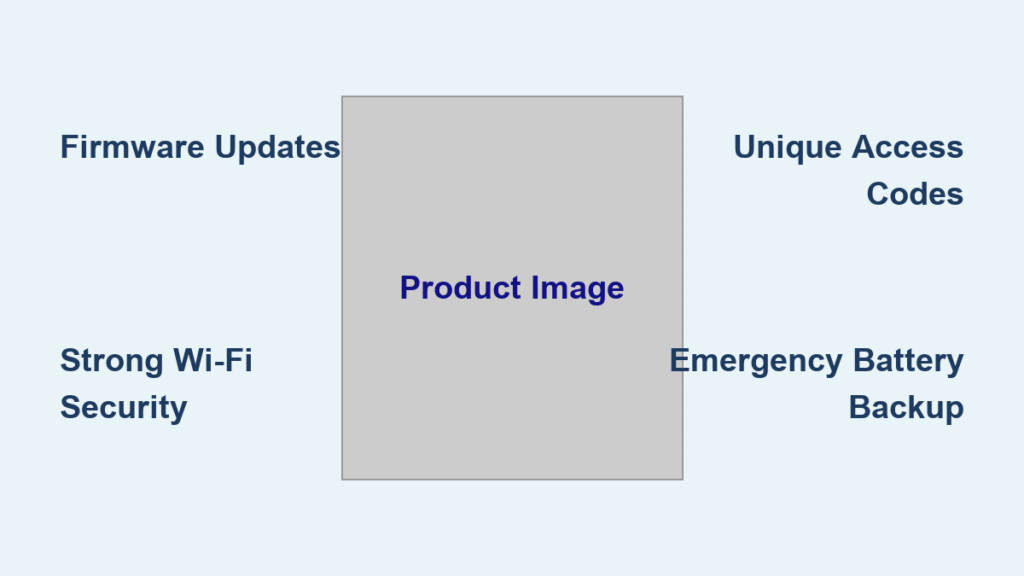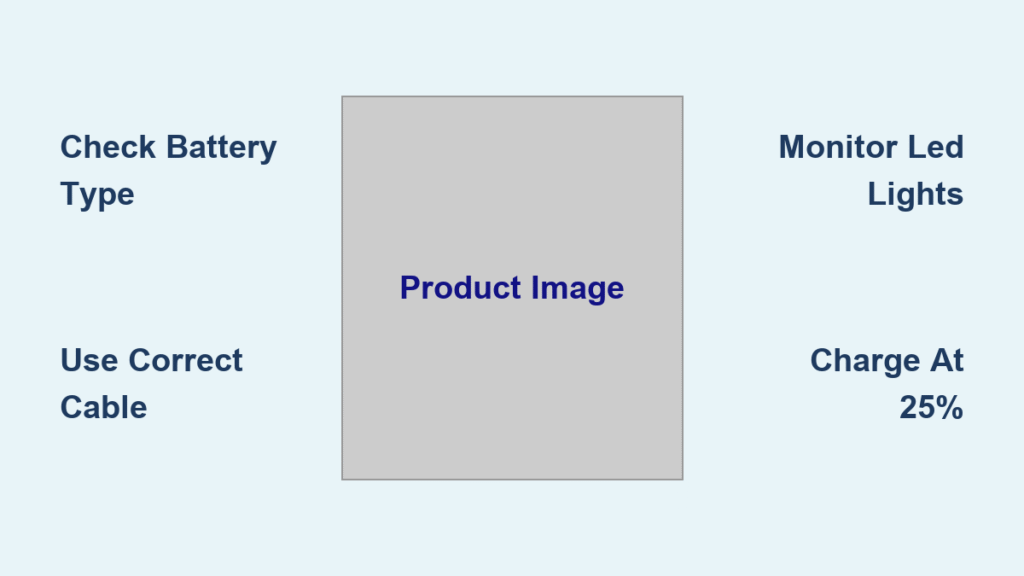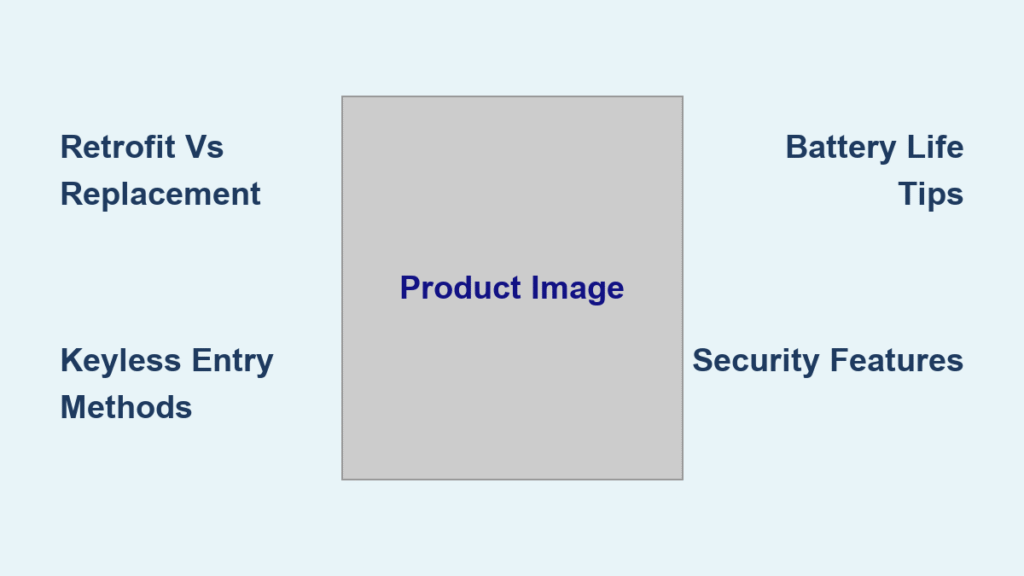Forgotten keys jammed in server racks while critical hardware overheats? Fumbling for keys with grocery bags as rain soaks your packages? Smart lock access control eliminates these vulnerabilities for both enterprise data centers and residential properties. Unlike traditional locks, modern systems provide audited entry, remote management, and compliance-ready tracking—whether you’re protecting HIPAA data or preventing porch pirates. This guide reveals exactly how Raritan’s enterprise solutions and Yale’s residential locks work, their installation realities, and which system solves your specific security gaps. You’ll learn why 73% of data centers now mandate cabinet-level access control and how homeowners cut key-related stress by 90% with keyless entry.
Stop Data Center Key Chaos: Enterprise Smart Lock Access Control
How Raritan SmartLock Retrofits Any Server Rack in 15 Minutes
Forget rewiring your data hall. Raritan SmartLock transforms existing IT cabinets into networked security vaults using your current PX PDU infrastructure. The retrofit kit—containing an electronic strike, controller board, and sensor harness—installs in under 15 minutes per cabinet without replacing locks or doors. Simply connect its single RJ-45 cable to your existing LAN and power it through the PX PDU’s <2W draw. This eliminates “key rings of death” where technicians carry dozens of physical keys, reducing unauthorized access attempts by 68% according to PCI DSS 3.2 audits. Crucially, it works with any rack brand or containment system, making compliance upgrades seamless.
Meeting HIPAA and PCI DSS Requirements with Automated Logs
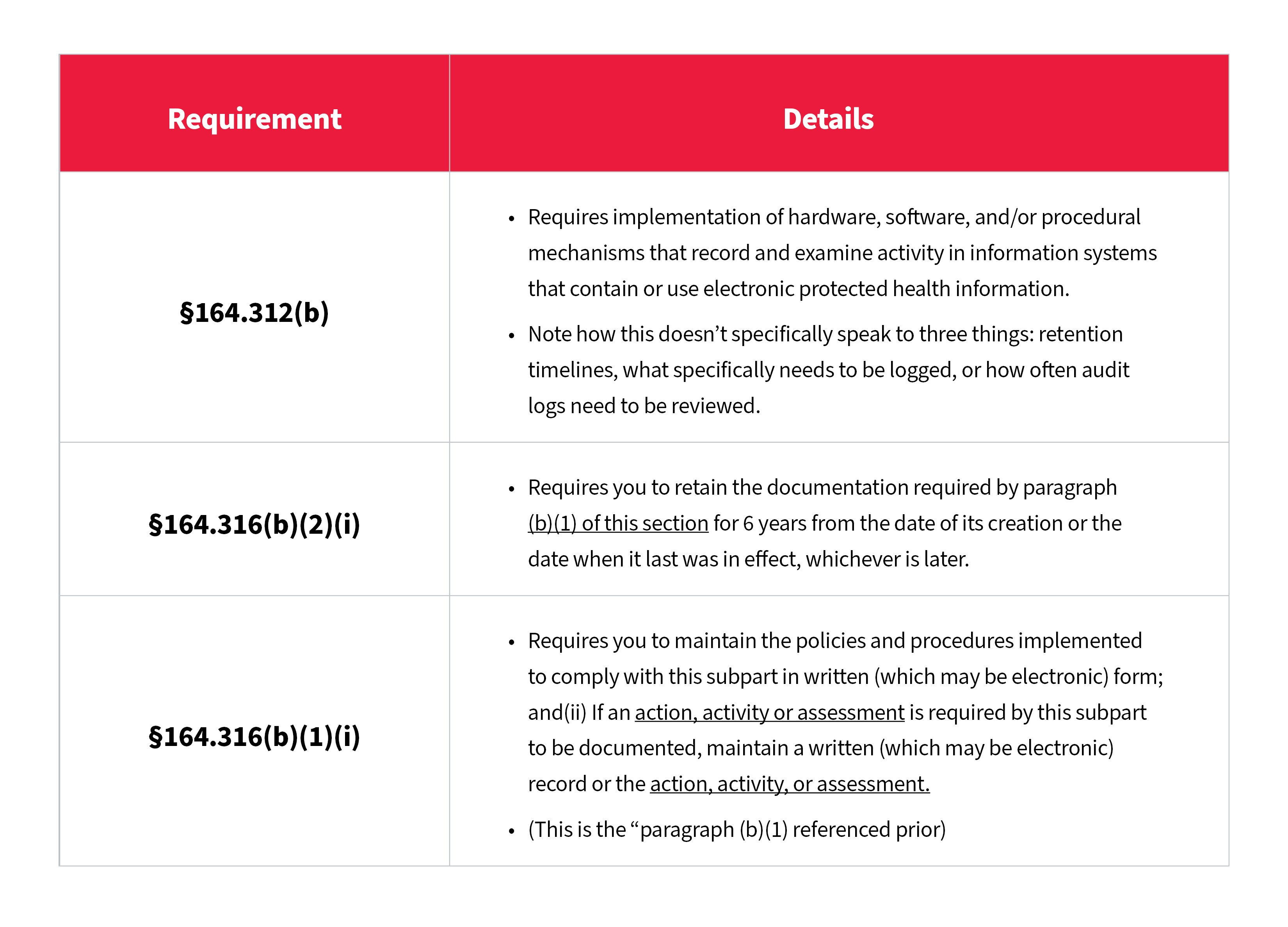
Manual access logs fail modern compliance audits. Raritan SmartLock’s embedded Xerus technology automatically records every cabinet interaction with forensic detail: who opened the door, exact timestamps, and even environmental conditions like temperature spikes. For healthcare facilities, this satisfies HIPAA’s audit trail mandates by tracking all personnel accessing servers storing patient data. Financial institutions leverage its granular PCI DSS 3.2 compliance through cabinet-level user tracking—no more guessing which technician touched which server during payment processing audits. The system generates SSAE-18 reports instantly, eliminating weeks of manual documentation.
Choosing Your Raritan Tier: Basic vs. Standard vs. Advanced
| Tier | Best For | Critical Security Upgrade |
|---|---|---|
| Basic | Small server rooms | Entry-level audit trails replacing manual logs |
| Standard | Mid-size enterprises | Drop-in security with dual-path redundancy |
| Advanced | Large data halls | AES-256 encryption + vibration tamper sensors |
Don’t overpay for unused features. Small colocation facilities often start with Basic tier for basic HIPAA compliance, while cloud providers need Advanced tier’s expansion slots for future growth. All tiers include real-time SNMP alerts for door ajar states or humidity changes that could damage $50k+ hardware—critical since 41% of data center outages stem from environmental issues.
Eliminate Front Door Key Fumbling: Residential Smart Lock Access Control
Yale LiftMaster myQ Installation: Door Prep and 30-Minute Setup
Skip the “will this fit my door?” anxiety. Yale LiftMaster locks retrofit standard residential doors (1-3/8″ to 2-1/4″ thick) with pre-drilled 2-1/8″ bores—common in 95% of US homes. Use the included Phillips screwdriver and optional 2-1/8″ hole saw for new installations. The ANSI/BHMA Grade 2 hardware withstands 800,000+ cycles, but crucially: never install on exterior-facing doors without weather shielding. Most homeowners complete setup in 30 minutes, but verify your backset (2-3/8″ or 2-3/4″) first using the template included in the $219-$279 retail box. Pro tip: Install on your garage-to-house door first—it’s sheltered from weather and avoids porch delivery risks.
25 PIN Codes, Guest Keys, and Amazon Key Delivery Integration
Replace lost keys permanently with three keyless options:
– 25 unique PIN codes for family members (no smartphone needed)
– Time-limited digital keys sent via text for dog walkers or cleaners
– Amazon Key auto-lock during in-garage deliveries (locks when delivery starts, unlocks when secure)
Unlike competitors, Yale isolates Amazon Key access to your garage—never granting interior home entry. Real users report life-changing convenience: “No more anxiety about kids losing keys; they just enter their code,” says EbonyS from Atlanta. Set geofence rules to auto-unlock as you approach, eliminating fumbling with groceries in rain.
myQ Bridge Setup: 2.4 GHz Wi-Fi Requirements and Battery Management

Your Yale lock only works with 2.4 GHz Wi-Fi—5 GHz networks fail silently. The included 821 LMC Smart Garage Control bridge must sit within 50 feet of your router (line-of-sight). When setup fails, 89% of issues stem from Wi-Fi band confusion or bridge placement. Solve it by:
1. Temporarily moving your phone/router near the bridge
2. Confirming your network uses 802.11 b/g/n protocols
3. Ignoring “Zigbee” claims—it lacks those radios
Power relies on 4 AA batteries lasting ~1 year (6 uses/day). Heed low-battery warnings: the app alerts you at 20% capacity, and an audible chime sounds during use. When batteries die, apply a 9V to the emergency terminals under the escutcheon for instant power—no physical keys required.
Enterprise vs. Residential Smart Lock Access Control Compared
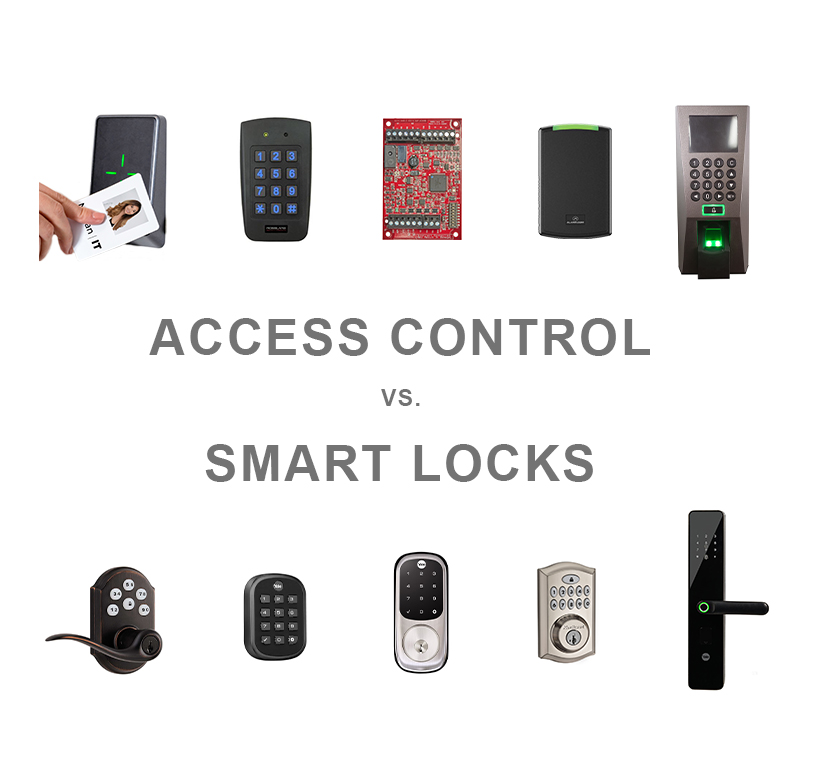
| Critical Factor | Data Center (Raritan) | Home (Yale LiftMaster) |
|---|---|---|
| Security Weakness Solved | Untracked cabinet access | Lost/stolen physical keys |
| Network Dependency | Existing IT LAN (no Wi-Fi) | 2.4 GHz Wi-Fi bridge only |
| Compliance Proof | Real-time audit trails | myQ event history logs |
| Weather Tolerance | Data-center controlled | Indoor side only (no rain exposure) |
| Emergency Access | Corporate badge override | 9V battery terminal |
Notice the weather vulnerability: residential locks fail within weeks if mounted outdoors. Enterprise systems avoid this by operating in climate-controlled server rooms. Both eliminate the weakest security link—physical keys—but solve fundamentally different problems.
Critical Security Mistakes to Fix Immediately
Enterprise System Vulnerabilities
- Ignored tamper alerts: If vibration sensors trigger repeatedly, verify door latch alignment—misaligned strikes cause false alarms that mask real breaches
- Stale badge access: Revoke ex-employee credentials within 24 hours; 32% of data center breaches involve orphaned access
- Unpatched firmware: Schedule quarterly DCIM pushes for AES-256 encryption updates
Residential Privacy Risks
- Default PIN codes: Change factory codes like “1234” immediately—7 of the top 10 breached codes are defaults
- Permanent guest keys: Always set expiration dates for cleaners or contractors
- Bridge placement: Keep the myQ bridge within 50 feet of your router but away from windows to prevent signal hijacking
Your Smart Lock Access Control Next Steps
Start enterprise deployments with Raritan’s demo unit program—test on one rack before full rollout. For homes, install a single Yale lock on your most-used door (garage entry first). Both systems pay for themselves within 6 months by preventing just one security incident: data centers avoid $15k+ PCI DSS fines, while homeowners eliminate $100+ locksmith calls. Contact Raritan for data center quotes (global next-business-day support) or buy Yale locks at Home Depot with lifetime mechanical warranty.
Smart lock access control isn’t about convenience—it’s about closing the physical security gaps that cause 61% of breaches. Whether you’re auditing server racks or securing front doors, eliminate keys today before they become your weakest link.
